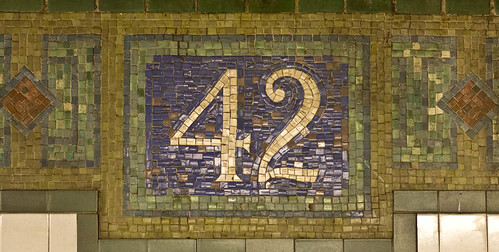
On March 2, 1975, exactly 42 years ago, I set out in Baker Woodlot on the Michigan State University campus, armed with binoculars, a field guide, and a blank field notebook, on my first attempt at bird watching. That’s when I found and identified the first bird on my life list, a Black-capped Chickadee.
Normally on this anniversary I talk a lot about chickadees. But on the 42nd anniversary of my becoming a birder, I can’t help but think about how life changing, in every way, that one morning jaunt was.
I’d strolled through Baker Woodlot many times before with my husband. Plenty of birds must have crossed my path there and everywhere else, but I wasn't paying attention until that morning. I hiked for quite a while before I found that first bird, and it took many minutes for me to figure out that it was a chickadee. But in that moment, I knew I would be able to seek out, find, and identify other birds, too.
From that moment through the following spring, I took many walks through Baker Woodlot, seeing more and more birds as my skills developed. Soon I was finding 25 or 30 species in no more time than it had taken to find that first chickadee. My ears slowly progressed from pulling out bird songs from generic background noise to recognizing various species, and that got me more attuned to sounds.
So many years later, even with cataracts and the loss of some high-frequency hearing, my aging eyes and ears pick out far, far more of the sights and sounds of my environment than they ever did at their prime, when I was in my teens and 20s but before March 2, 1975.
Learning about birds informed and enriched my sense of place, too. On the local scale, I started appreciating different habitat types, but also started realizing that even within what I thought were single types—say, woodlots—each had a different assortment of vegetation, and of birds. I started appreciating those nuances.
We spent most of our college breaks in Chicago visiting family, and I could clearly see how different Chicago was compared to Lansing. We took a trip to Savannah, Georgia, and WHOA! That was completely different. Within the first five years of my starting birding, I managed to travel to Estes Park, Colorado; took a road trip with my sister-in-law all the way to Newport, Oregon, and then up the Pacific Coast to Washington; and went with Russ on trips to south Texas and the Smoky Mountains. I was focused on building my lifelist, but beyond that, I was seeing, hearing, smelling, tasting, and feeling firsthand how rich our country is in natural resources. I learned ever so much thanks to birds. Long before I even got to travel to other parts of the world, I was learning about the world through my understanding of birds.
My understanding of history also grew deeper and more nuanced as I learned about birds, from why the Founding Fathers designed the national emblem with an eagle to how Whittaker Chambers tried to prove he had a connection to Alger Hiss by his so-called insider knowledge that Hiss had seen a Prothonotary Warbler along the Potomac. The Lewis and Clark expedition became far more vivid as I learned about the birds they observed and collected along the way.
Thanks to birds, I learned new names for colors, such as cerulean, indigo, and vermilion. I learned one word, blackburnian, for what I believed was the combination of black and burning orange on the Blackburnian Warbler. That turned out to be a mistake—the bird was named for an Englishwoman, Anna Blackburn, who funded expeditions to America to collect birds. I taught myself enough math and statistics to put together a scientific paper about our migrating warblers along Lake Superior. I finally grokked some principles about physics I should have learned in high school by studying how birds fly. Learning about bird morphology and physiology taught me more about how my own body works.
In every way and every subject, learning about birds has broadened and deepened my understanding of the world. Douglas Adams said that 42 was the answer to life, the universe, and everything. Sure enough, my 42 years of birding have brought me satisfying answers to many of my own questions about life, the universe, and everything.